This January, eleven students from CIERA’s summer Research Experience for Undergraduates (REU) program and our LSSTC Enabling Science program presented posters on their research projects at the 233rd meeting of the American Astronomical Society (AAS) in Seattle, Washington.
Directed by Research Assistant Professor Aaron Geller, the REU and LSSTC programs focus on connections between astrophysics and other disciplines within CIERA. Students learn computer programming, develop skills in science communication, take field trips, and benefit from career panels in addition to collaborating with faculty on research projects.
The winter meeting of the AAS is the largest gathering of American astronomers each year and includes many opportunities for networking. The students presented the following posters:
 |
Advisor: Shane Larson
Project: LISA’s Observation of Inspiraling Binary Black Holes |
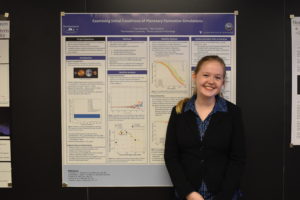 |
Advisor: Seth Jacobson
Project: Examining Initial Conditions of Planetary Formation Simulations |
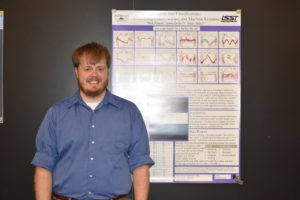 |
Nick Easton
Advisor: Adam Miller, Aaron Geller
Project: Variable Star Classifications with Crowd Sourcing |
 |
Advisor: Wen-Fai Fong
Project: On to Off: Predictions for the Radio Afterglows of Neutron Star Mergers |
|
Advisors: Vicky Kalogera, Chris Pankow, Pablo Marchant
Project: Merger Rates of High Mass X-ray Binary Systems |
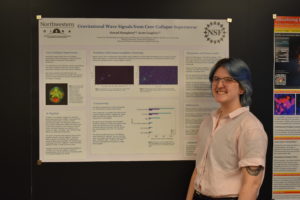 |
Advisors: Vicky Kalogera, Scott Coughlin
Project: Finding Gravitational Wave from Core Collapse Supernovae |
 |
Advisor: Fred Rasio, Kyle Kremer
Project: Gamma Ray Bursts from Black Hole – Star Collisions in Globular Clusters |
 |
Advisor: Aaron Geller, Adam Miller
Project: Exploring the Eclipsing Binary Yield of the Large Synoptic Survey Telescope |
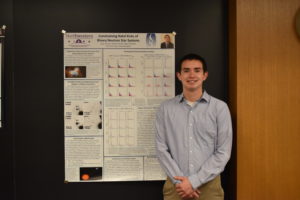 |
Advisors: Wen-fai Fong, Vicky Kalogera, Michael Zevin, Chase Kimball
Project: Constraining Natal Kicks of Binary Neutron Star Systems |
 |
Advisors: Claude-André Faucher-Giguère, Aaron Geller, Alex Richings, Alex Gurvich
Project: Visualizing HII Regions in FIRE Galaxy Simulations |
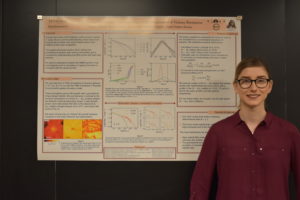 |
Advisor: Claude-André Faucher-Giguère, Sarah Wellons
Project: Testing Models of Supermassive Black Hole Evolution with the Quasar Luminosity Function |











